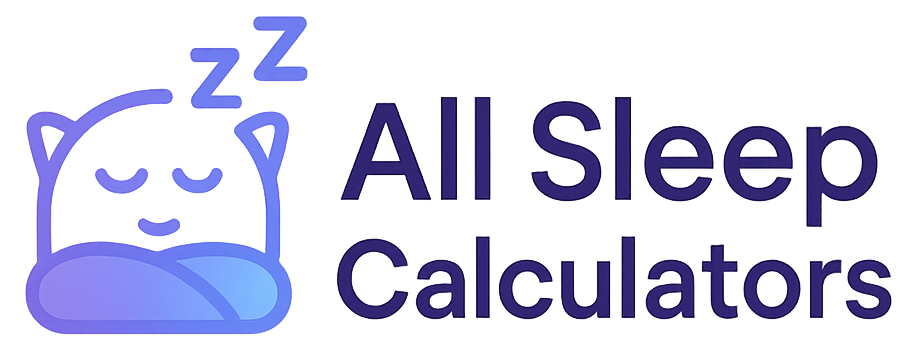What Is a Power Nap?
A power nap is a short period of sleep, typically lasting between 10 and 30 minutes, intentionally taken during the day to quickly restore alertness and cognitive function. Unlike longer naps, power naps are designed to be brief enough to avoid deep sleep, making it easier to wake up and avoid grogginess.
Did you know? Famous nappers throughout history include Albert Einstein, Leonardo da Vinci, Thomas Edison, and Winston Churchill, all of whom credited napping with enhancing their productivity and creativity.
The Benefits of Power Napping
Research has shown that well-timed power naps can provide numerous benefits:
- Enhanced alertness: A short nap can provide a boost of alertness that lasts several hours
- Improved cognitive performance: Studies show improvements in reaction time, logical reasoning, and symbol recognition
- Increased creativity: Napping can help with problem-solving and creative thinking
- Better mood: Short naps can reduce frustration and impulse control issues
- Reduced fatigue: Power naps help counteract the mid-afternoon energy dip many people experience
- Memory consolidation: Even brief periods of sleep help transfer information from short-term to long-term memory
Optimal Power Nap Duration
The ideal length of a power nap depends on your goals:
- 10-20 minutes: The "classic" power nap that provides improved alertness and cognitive performance without grogginess
- 30 minutes: Can provide more restorative benefits but may cause some sleep inertia (grogginess) upon waking
- 60 minutes: Includes some slow-wave (deep sleep) which benefits memory but causes more sleep inertia
- 90 minutes: A full sleep cycle including REM sleep, which helps with creativity and emotional processing, with minimal grogginess if you wake at the end of the cycle
For a quick boost of alertness without disrupting nighttime sleep, stick to 10-20 minute power naps.
Best Time to Take a Power Nap
Timing is crucial for effective power napping:
- Early to mid-afternoon: The ideal window is typically between 1:00 PM and 3:00 PM, when most people experience a natural dip in alertness
- After lunch: A post-lunch nap can counteract the "food coma" effect
- Avoid late naps: Napping after 3:00 PM may interfere with your ability to fall asleep at night
How to Take an Effective Power Nap
Follow these steps to maximize the benefits of your power nap:
- Find a comfortable, quiet, and preferably dark space
- Set an alarm for your intended nap duration (usually 20 minutes)
- Try a "coffee nap": Drink a cup of coffee right before your nap. The caffeine will kick in as you wake up, providing a double boost
- Use relaxation techniques like deep breathing to fall asleep faster
- If you can't fall asleep, don't worry—even quiet rest with closed eyes provides benefits
- Upon waking, expose yourself to bright light and do some light stretching to increase alertness
Who Should Consider Power Napping?
Power napping can be particularly beneficial for:
- Shift workers dealing with irregular sleep schedules
- Students preparing for exams or learning new material
- Drivers on long trips to combat drowsiness
- Anyone experiencing an afternoon energy slump
- People who didn't get sufficient sleep the night before
Important Note: While power naps can help address temporary sleepiness, they are not a substitute for adequate nighttime sleep. If you find yourself needing naps every day despite getting 7-9 hours of sleep, consult a healthcare provider as this could indicate an underlying sleep disorder.
Want to optimize your sleep schedule?
Use our calculators to plan both your nighttime sleep and strategic power naps:
Explore More Sleep Topics
Sleep Fragmentation
Learn about interrupted sleep and its effects on sleep quality.
Light Sleep
Understand the purpose of light sleep stages in your sleep cycle.
Microsleep
Learn about brief episodes of sleep that can occur when you are overtired.
Sleep Inertia
Understand that groggy feeling after waking up and how to minimize it.
